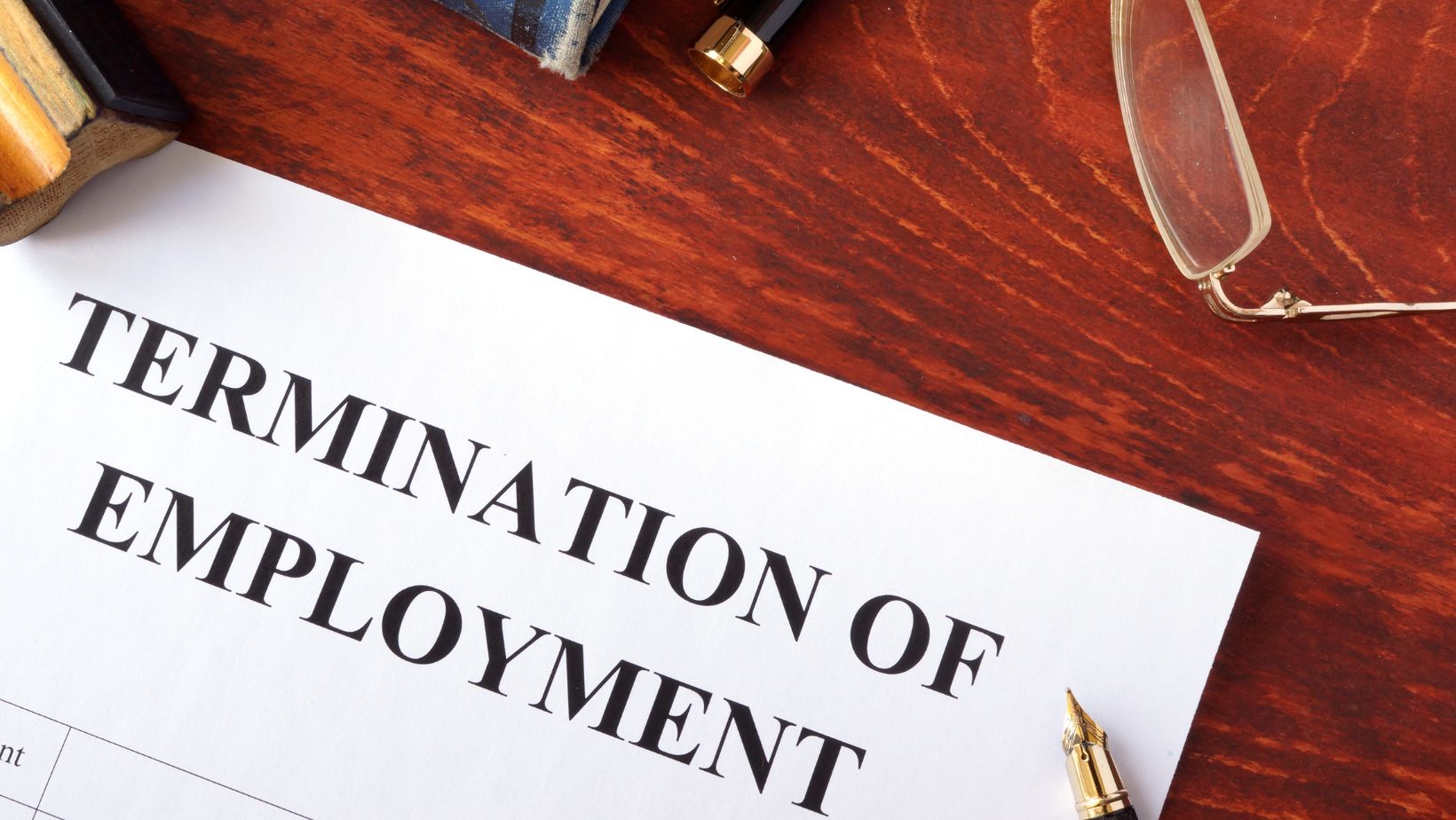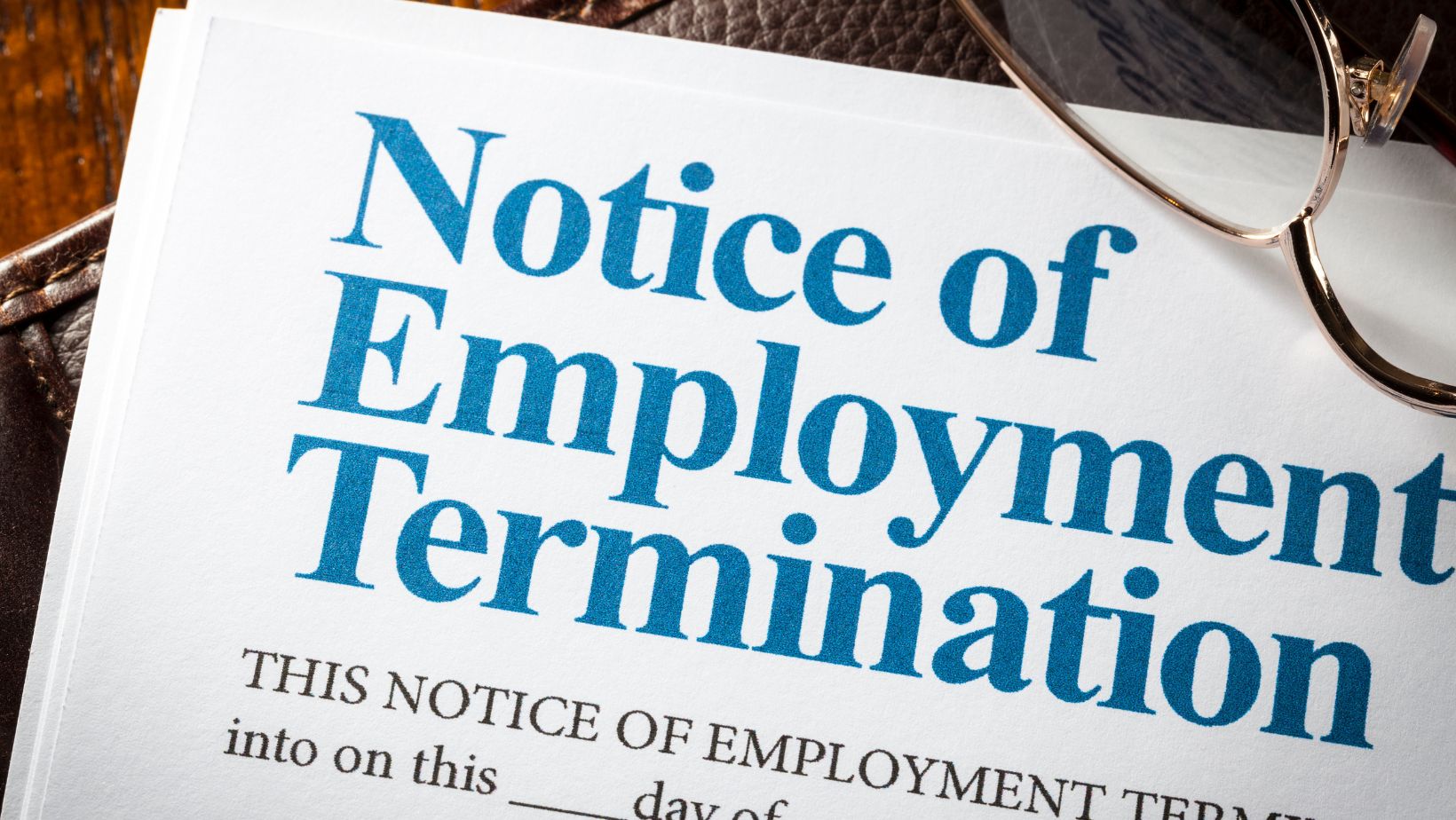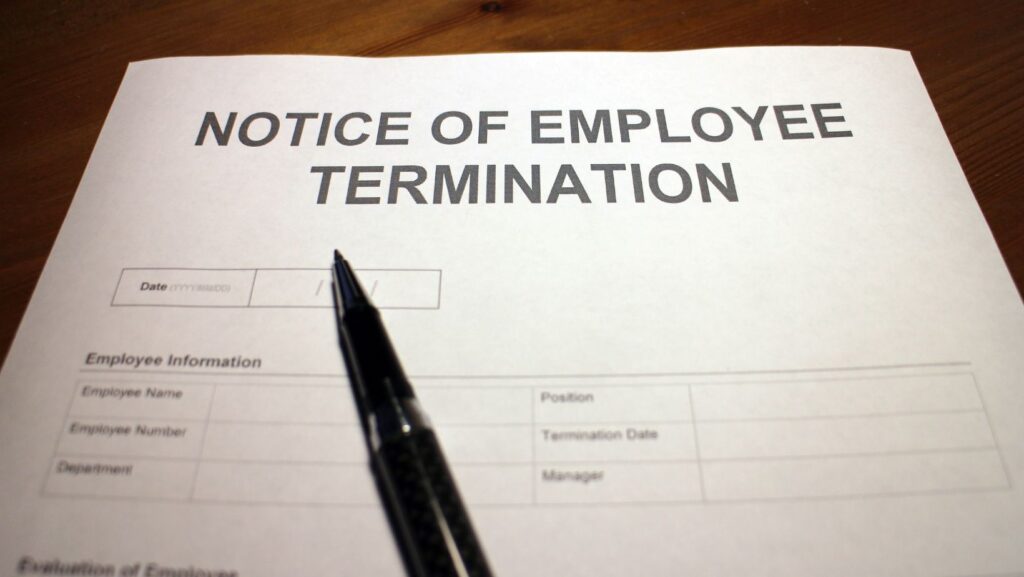Losing a job is never easy, but when you believe your termination was unlawful, it can feel even more devastating. Whether you were dismissed due to discrimination, retaliation, or in violation of your contractual rights, it’s important to understand the steps you can take to seek justice. This blog outlines the key steps you should consider following an unlawful termination.
Understand What Constitutes Unlawful Termination
Before you take any action, it’s essential to understand what qualifies as unlawful termination. In most cases, it involves being fired for reasons that violate employment laws or contracts. Some common examples include:
- Discrimination: Termination based on race, gender, age, religion, or disability.
- Retaliation: Being fired for reporting illegal activities, filing a workers’ compensation claim, or exercising legal rights like taking family leave.
- Breach of Contract: If you have a contract that outlines specific conditions for termination and your employer fails to adhere to it.
If you suspect your termination was unlawful, take note of the circumstances and gather any evidence that supports your claim. If you believe you’ve been wrongfully terminated, it’s essential to seek professional legal guidance, and a wrongful termination attorney can help you understand your options and navigate the legal process.
Document Everything
Proper documentation is crucial in proving your case. Start by collecting all relevant documents, such as:
- Employment contract (if you have one)
- Emails, letters, or other communications related to your termination
- Performance reviews or disciplinary records (if any)
- Witness statements from coworkers who may have observed any discriminatory or retaliatory behavior
These documents can serve as vital evidence if you decide to pursue legal action or file a claim with government agencies.
Consult with an Employment Lawyer
An employment lawyer assesses whether you have a legitimate case and helps you understand your rights.

Lawyers are familiar with complex employment laws and can advise you on the most effective way to proceed, whether it’s negotiating a settlement, filing a lawsuit, or pursuing a claim through a government agency.
File a Complaint with the Relevant Authorities
In many cases, you may need to file a formal complaint with a relevant authority before you can take legal action. Some common authorities include:
- Equal Employment Opportunity Commission (EEOC): If your termination is due to discrimination, the EEOC investigates such claims.
- State or local labor boards: These agencies often handle claims related to wage violations, wrongful termination, or retaliation.
- Department of Labor (DOL): For issues regarding wage and hour disputes, the DOL may be able to help.
Filing a complaint is often a prerequisite for taking legal action, so it’s important to act promptly to meet any filing deadlines.
Consider Mediation or Settlement
Before heading to court, some cases can be resolved through mediation or settlement negotiations.

Mediation is a less formal process in which both parties attempt to resolve the dispute with the help of a neutral third party. If your employer is willing to negotiate, you may be able to reach a fair settlement without the need for a prolonged legal battle.
Take Legal Action if Necessary
If mediation doesn’t work or if the authorities involved in your case don’t resolve the issue to your satisfaction, pursuing legal action may be necessary. A court case can be lengthy and expensive, but it’s sometimes the only way to hold your employer accountable for unlawful practices.
Conclusion
An unlawful termination can feel like an insurmountable obstacle, but there are steps you can take to seek justice. By understanding your rights, gathering evidence, consulting with a lawyer, and pursuing formal channels, you can take control of your situation. Whether through negotiation or legal action, it’s essential to fight for your rights and ensure that unlawful actions don’t go unchecked.


More Stories
What Are the Common Mistakes that Affect Car Accident Settlements in Georgia?
How Automation Transforms Insurance Processes
How Understanding the Principles of Attention is Key to Sales